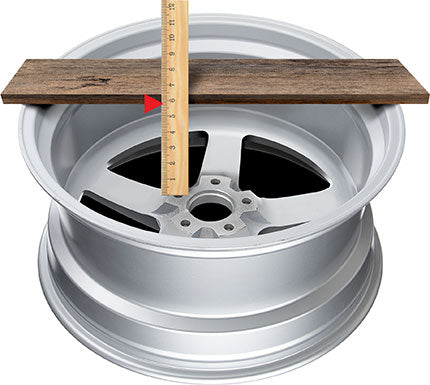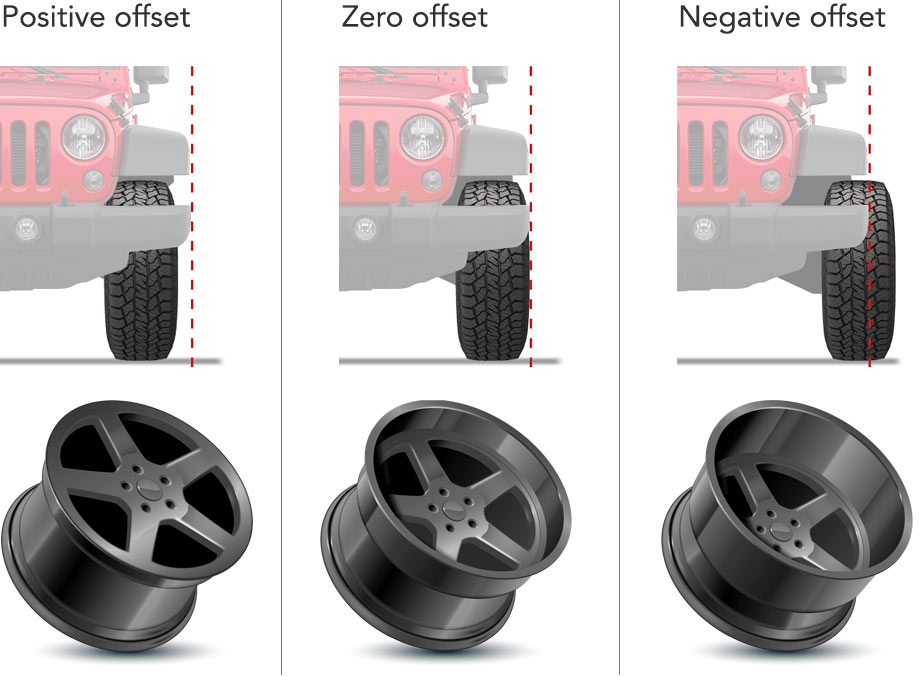
The Ultimate Guide to Wheel Back Spacing & Offset
When it comes to upgrading your vehicle's wheels, there are a few key factors to consider. One of the most important aspects is wheel back spacing and offset. These terms may sound technical, but understanding them is crucial to ensure the perfect fit and performance for your vehicle. In this ultimate guide, we will break down the concepts of wheel back spacing and offset, and explain how they impact your vehicle's handling and appearance.
What is Wheel Back Spacing?
Wheel back spacing refers to the distance between the mounting surface of the wheel and the back edge of the wheel. It is usually measured in inches. This measurement determines how far the wheel will sit inside or outside the wheel well. A positive back spacing means the mounting surface is closer to the outside edge of the wheel, while a negative back spacing means the mounting surface is closer to the inside edge of the wheel.
How Does Wheel Back Spacing Affect Your Vehicle?
The back spacing of your wheels plays a crucial role in determining the clearance between the wheel and other components of your vehicle, such as the suspension, brakes, and fenders. Incorrect back spacing can lead to rubbing against these components, causing damage and compromising the vehicle's performance. It is essential to choose the right back spacing to ensure proper fitment and avoid any clearance issues.
Understanding Wheel Offset
Wheel offset is another important measurement to consider when selecting wheels for your vehicle. It refers to the distance between the centerline of the wheel and the mounting surface. Like back spacing, offset can be positive, negative, or zero. A positive offset means the mounting surface is towards the front face of the wheel, while a negative offset means the mounting surface is towards the back face of the wheel.
How Does Wheel Offset Impact Your Vehicle?
The offset of your wheels determines how far in or out the wheels will sit in relation to the wheel well. It affects the vehicle's track width, which is the distance between the centerlines of the tires on the same axle. Incorrect offset can lead to poor handling, increased stress on suspension components, and even affect the vehicle's stability. It is crucial to choose the right offset to maintain proper alignment and ensure optimal performance.
Choosing the Right Wheel Back Spacing and Offset
When selecting wheels for your vehicle, it is essential to consider the manufacturer's recommended specifications. These specifications take into account factors such as the vehicle's suspension geometry, brake clearance, and fender clearance. By following these recommendations, you can ensure the perfect fit and avoid any potential issues.
Additionally, consulting with a wheel and tire expert can provide valuable guidance in choosing the right wheel back spacing and offset for your specific vehicle and desired look. They can take into account any modifications you have made to your vehicle and recommend the best options to achieve your desired stance and performance.
In Conclusion
Understanding wheel back spacing and offset is crucial when upgrading your vehicle's wheels. These measurements impact the fitment, clearance, and overall performance of your vehicle. By choosing the right back spacing and offset, you can ensure a perfect fit, optimal handling, and a stylish appearance. Remember to consult with our experts and follow manufacturer recommendations to make the best choice for your vehicle.

